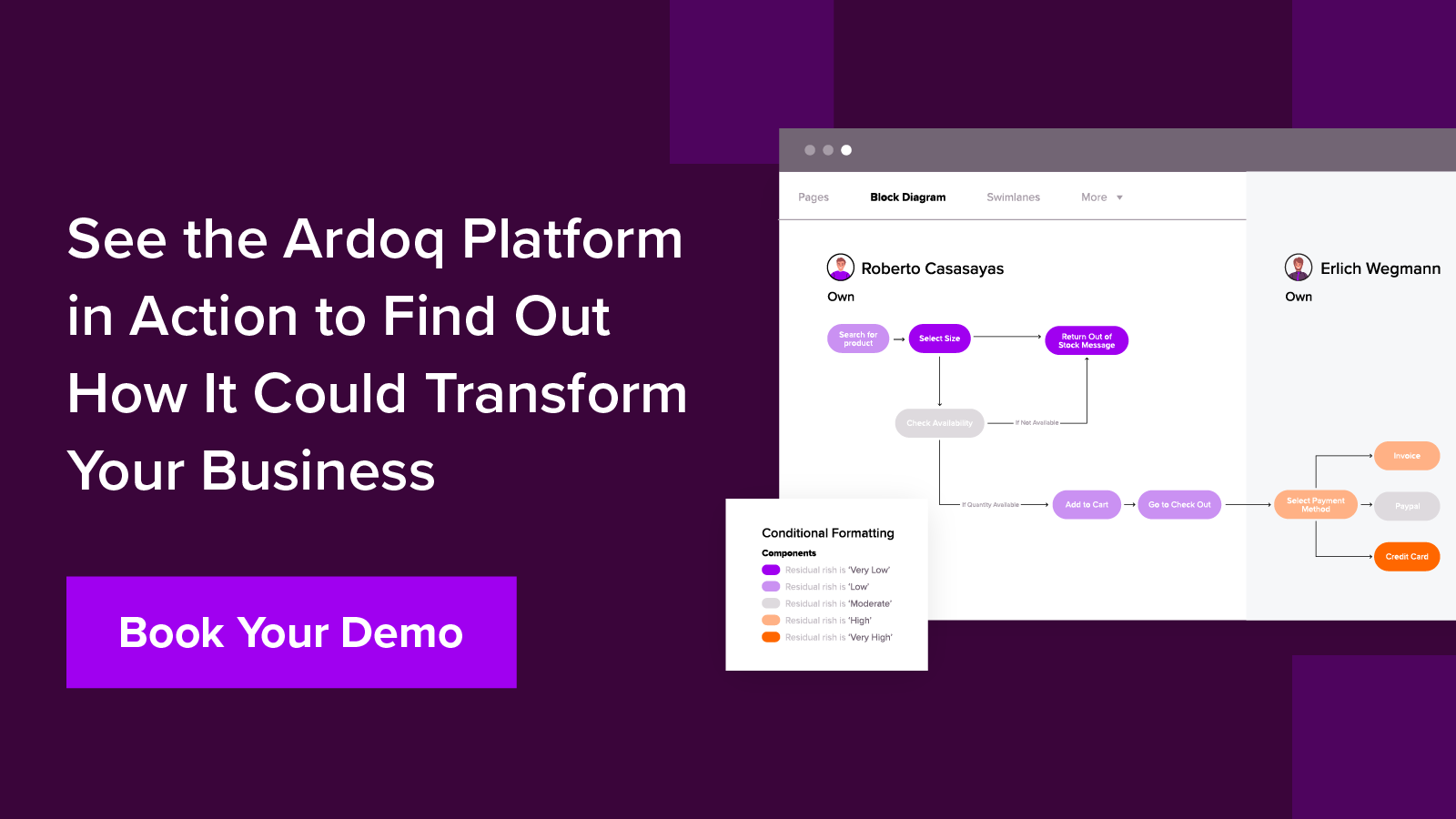Agile teams have become an integral part of many organizations. Innovative leaders have championed agile practices that now form part of our regular work vocabulary, from 'continuous deployment' to 'iteration.’
While methodologies can change, one factor remains consistent: leaders are constantly searching for ideas to help improve their teams’ performance. You’ll find examples and resources online, represented in new trends that have developed in the past few years, like Project to Product and Value Streams.
Another way to build high-performing agile teams includes using Enterprise Architecture (EA). An EA tool can assure strategic alignment at all levels, giving the C-suite the insights needed to develop successful strategies. At the same time, operational decisions are delegated to agile team members and related stakeholders.
What Are Agile Teams?
Just skip this section if you already know the answer.
In short: agile teams are small teams whose members have cross-functional competencies. They focus on doing a job well and quickly. Tasks are broken down into steps, making various iterations and getting feedback on the steps. Using the feedback, teams can quickly adjust or change course if they head in the wrong direction.
While the teams are small, they are made for longevity because well-formed working relationships result in projects moving faster. In addition, the teams are given a high level of autonomy to decide how to get the job done without waiting for approval from higher levels.
Recent Agile Team Trends - Project to Product
Over the years, people have developed various agile methodologies: Kanban, Scrum, Extreme Programming, and Crystal, to name a few. Although they have different focus areas and ways of executing work, each shares the common agile principles outlined above.
One of the current trends in agile teams is Project to Product or value stream-based delivery.
How Project-Focused Teams Work
When companies organize departments around line functions, project initiatives pull people together across teams to deliver outcomes. As a result, project teams are built using people from multiple, separate departments.
Characteristics of Project-focused teams
- Can take considerable time to organize and extra time is needed to bring all project-team members up to speed
- Dissolve after project finalization, and the team’s deep domain knowledge ends up diluted or even lost
- Leave little room for changing direction
How Product-Focused Teams Work
Product-based companies organize their teams around autonomous products, sometimes called value streams or bounded domains. The teams are long-term cross-functional groups who know how to make many decisions independently.
Characteristics of Product-focused teams
- Work together long-term
- Constantly work to deliver business value
- Build deep business or domain knowledge over time and allows the team to drive forward new ideas effectively
- Continuously analyze their progress and change their direction based on feedback
You can read more about the Project to Product trend and more in our latest Guide, 5 Enterprise Architecture Trends.
Helping C-Suite With an Agile Overview
Agile teams work semi-autonomously and constantly change their processes. They adapt to feedback and try new ways to be more efficient. Due to the constant adjustments, there’s not a strong detailed delivery plan, delivery dates become more fluid, and it’s harder for those on the outside to see what’s happening.
People responsible for the company, the C-suite, or everyone with an area of responsibility across multiple teams - need to understand the context of what the teams are doing. However, with the absence of central planning, it’s harder for them to be up-to-date and have a bigger picture to understand how their agile teams deliver and work with the absence of central planning.
An Enterprise Architecture tool can help show what’s going on, giving insight into strategy and the technology landscape. For example, consider an integration team. They are agile, have a backlog and ideas, and choose the focus points they’re working on. As they build new integrations into the Human Resources systems, the tool helps stakeholders see:
- Plans and delivery dates for teams
- Delivery and if it applies to strategy
- Gaps in execution
- Inefficiencies in how the teams are delineated
5 Ways an Overview Enables High Performing Agile Teams
Agile teams often evolve their way-of-working, developing unique workflows, communications, etc. Seeing how a team works allows you to know where to adjust the teams to help them become more effective. You can dig into the details of mapping out and investigating a team’s performance by analyzing what they spend their time doing.
An EA tool can capture information regarding a team and create a clear overview of the team. With the overview, you can identify how to reorganize teams and help improve their performance. Below are 5 areas that can be analyzed with an Enterprise Architecture tool. You can see each area's importance and the benefits they offer to support high-performance teams.
1. Identify Areas of Overlap in Projects, Epics, or Initiatives
The importance of an overview
An unfortunate side effect of larger organizations includes parallel projects in department silos. Overlapping projects are inefficient in what they try to deliver and cause a conflict of priority where impact and competence are needed.
An Enterprise Architecture tool can identify parallel and overlapping projects.
Benefits of an overview
- Prevent inefficiencies by helping teams work together, or only having one team on the project at a time
- Clarify priority problems by knowing which projects need to deliver first
2. Point to Hand-Offs Between Teams
The importance of an overview
While Agile Teams work as independently as possible, there will always be points where hand-offs occur. An overview allows you to see the points in processes where a team passes along a project or information to another team, recording when this happens and how long it takes.
An EA tool gives you an overview of the work process, primarily handoff points and bottlenecks.
Benefits of an overview
- Save time
- Reorganize the processes to run smoothly and reduce the number of hand-offs
- Change the process to avoid bottlenecks
- Combine teams that have many hand-offs
3. Understand the Distribution of Work
The importance of an overview
When a team is expected to work across multiple areas, it can give them a heavy cognitive load. Overworked teams tend to be underperforming teams, so it’s important to mitigate the work.
An Enterprise Architecture tool can measure the distribution of work and note where there is too much load on a team.
Benefits of an overview
- Reduce a team’s cognitive load by dividing one team into two along with specific focus areas
- Each new team has a narrow focus area and a lower cognitive load.
- In addition to happier employees, they will also have a more effective throughput
4. Support Team Independence
The importance of an overview
In order to be successful and deliver results, agile teams need to be clearly defined and maintain independence.
You can’t fix what you don’t understand. An EA tool shows the team's functions so they can know what they are doing and reorganize as needed.
Benefits of an overview
- See how responsibilities are distributed within the team
- Adjust responsibilities more logically, if needed
5. Plan Collaboration
The importance of an overview
When teams work with more independence, they have better velocity, but they aren’t always aware of other teams, knowing their expertise, what they are working on, and the functions of people within the teams.
An EA tool can map out the talents and expertise of the people across all teams.
Benefits of an overview
- Understand where points of overlap occur with other teams
- When teams see all the overlap points, they can adjust their work, if needed
- Know who to work with and when the work should happen with other teams in collaboration
- It’s essential to know the experts that should be contacted
- See where teams fit in the context of the company
- Show teams the consequences to other teams when adjustments are made to their work
Agile teams work semi-independently and constantly adjust. Give them the support of an overview, and likely they will adapt to make better versions of themselves. Enterprise Architecture can help you build high-performing agile teams by enabling people to understand the context they are working in and understand the collaborations they need to build to deliver change.
Build an integrated view of your organization, and connect people, processes, technology, and projects.
 Ardoq
This article is written by Ardoq as it has multiple contributors, including subject matter experts.
Ardoq
This article is written by Ardoq as it has multiple contributors, including subject matter experts.




/Logos/Ardoq/RGB_Ardoq_Logo_Stacked_White_Monochrome%201.png?width=80&height=77&name=RGB_Ardoq_Logo_Stacked_White_Monochrome%201.png)

